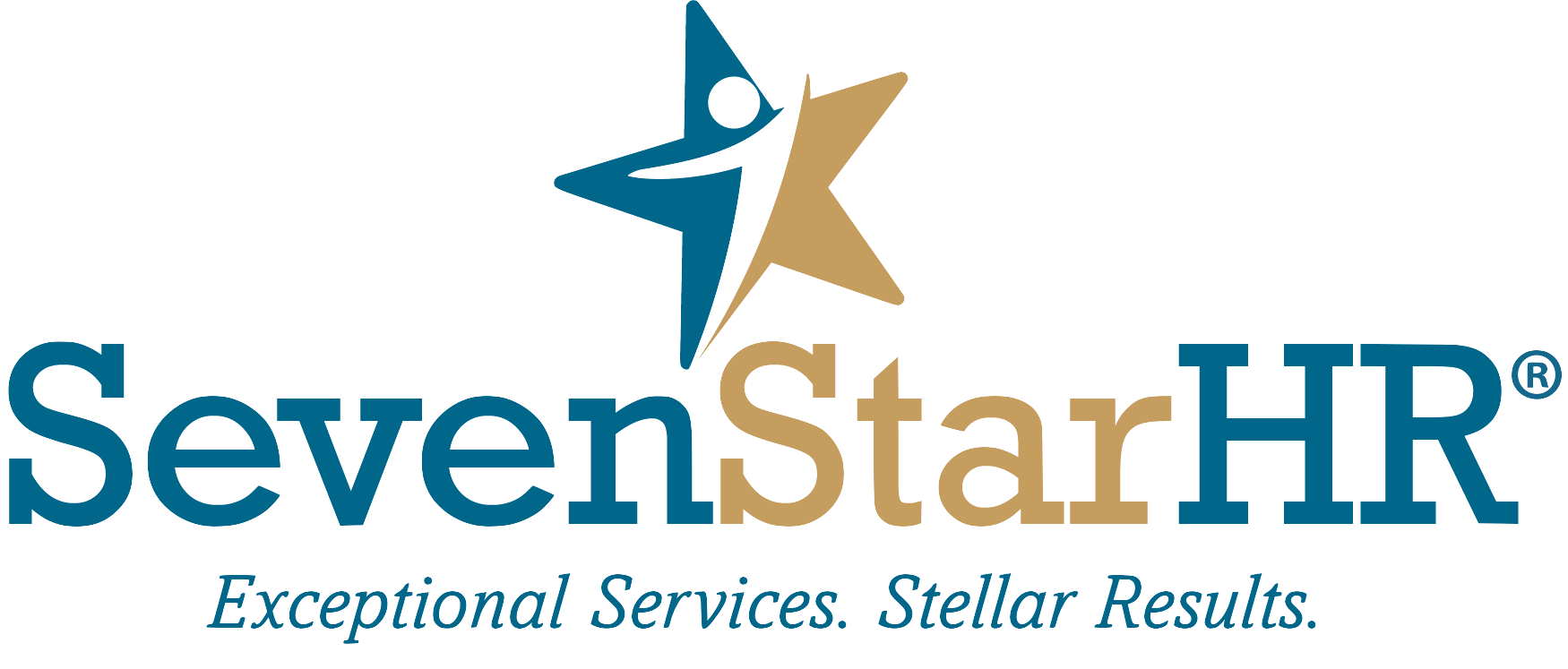How to Create Effective Performance Improvement Plans (PIPs)
Inevitably, every manager will have to deal with an underperforming employee at some point. Whether they are not meeting the requirements of their role, are consistently missing deadlines, or can’t meet their targets, the time will arrive when the manager knows the situation cannot continue. An underperforming employee negatively affects the morale and productivity of your entire team, and ultimately your company’s bottom line.
While you may feel like firing the employee, this will cost your company time and money, so only do this if you’re certain the situation can’t be salvaged. If an employee is struggling in their role but has the right attitude and soft skills, it’s worth considering a performance improvement plan (PIP) to turn things around.
What is a performance improvement plan?
A performance improvement plan is a formal document outlining where the employee is underperforming, along with a timeline and attainable plan to help them improve. A PIP is a useful tool for certain employees - those with poor sales, poor customer reviews, low productivity, and so on, but it should not be used for egregious behavioral issues like harassment or insubordination.
Keep in mind that for the PIP to succeed, not only does it require a commitment from the employee, but a commitment from the manager to help the employee succeed. It should never be used by a frustrated manager as the first step in the termination process.
Tips for successful performance improvement plans
Clearly and objectively outline where the employee is failing. Use metrics like sales data, and use specific and direct language so the employee understands exactly where they need to improve. Try to be as positive as possible; communicate that they are valuable to you and you are committed to helping them succeed.
Itemize the improvement expected via measurable objectives. Being clear about the expected results allows both parties to track results.
Include whether support or training will be provided. Consider assigning a mentor, if appropriate, and whether lack of training is a factor in poor performance; now is the time to rectify this.
Make clear the timeframes for and frequency of reviews. Regular, scheduled check-ins will allow you to provide the employee with the mental and professional support they need in order to progress.
Clarify the consequences. If you plan to demote or even fire an employee if they fail to meet the requirements set out in the PIP, you need to be upfront about this. Similarly, if they meet the requirements you should provide assurance that they can move forward into a positive future in your company, without feeling like they are under continual scrutiny.
Related: How to Create a Performance Management System That Works

